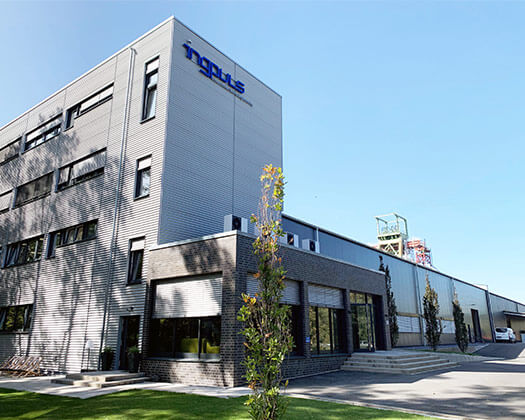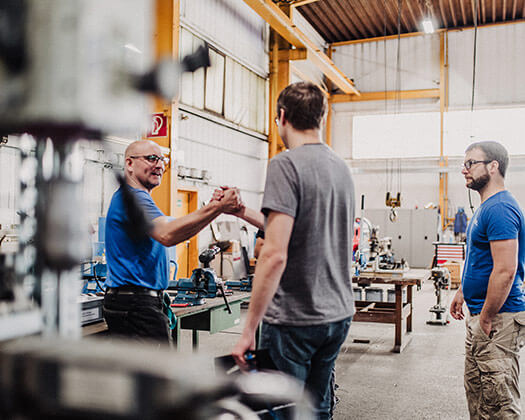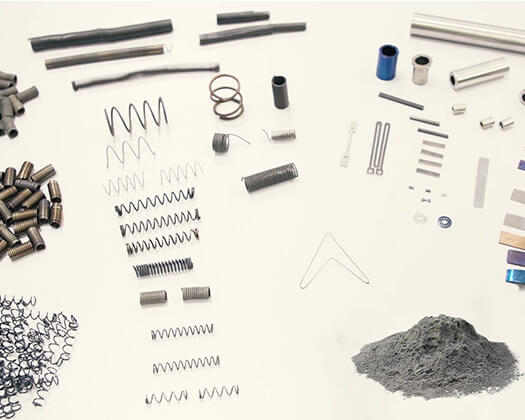The use of shape memory alloys (SMA) offers great innovation potential for civil engineering and finds its application in various places.
Application examples of shape memory alloys in civil engineering
Intelligent solutions based on shape memory alloys (SMA) are already being used in safety-related applications, water circuits, shading solutions, fire protection, building structure and in many other places in building service engineering.
Shape memory alloys (SMA) offer the ability to design valves and controls in all water and fluid circuits that are not only energy self-sufficient, but also silent and fail-safe at the same time. Applications include valves in heating systems, thermostatic valves, thermal actuators and zone valves, as well as efficient solutions for water-cooled chimneys or even expansion tanks. Increased service life, faster response and lower costs with intelligent use are just some of the advantages of controls and valves based on shape memory alloys (SMA).
In addition, classic shape memory alloys (SMA) mostly act passively when used in conjunction with media flow control. By using fast-response shape memory alloys (SMA), mechanisms can regulate scalding and overheating protection in building services.
Shape memory alloys (SMA) are also used in the field of actively controlled valves where heat input for shape change is realized by electric current.
Advantages of shape memory alloys in civil engineering
With the help of shape memory alloys (SMA), energy-autonomous, silent, fail-safe solutions can be realized in building technology, which are also characterized by an increased service life as well as lower costs and a fast response. In the smart home sector, too, shape memory alloys offer enormous potential now and in the future through individual, intelligent and innovative solutions.






